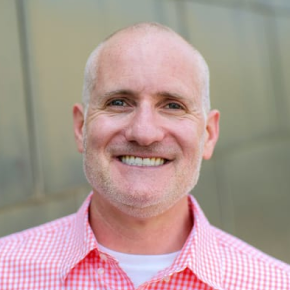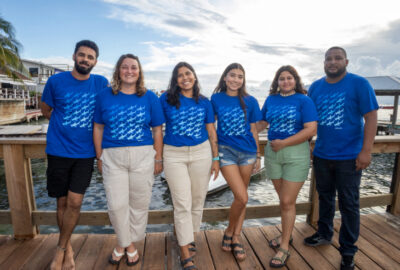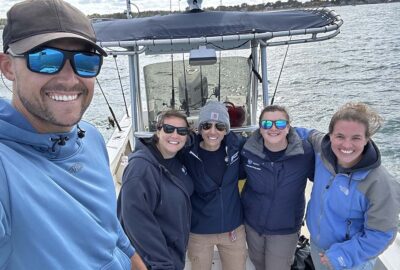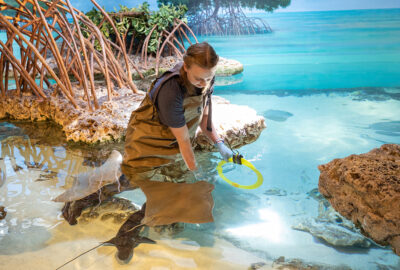Nonlethally assessing elasmobranch ontogenetic shifts in energetics
By Carolyn R. Wheeler, Duncan J. Irschick, John W. Mandelman, Jodie L. Rummer
Originally published in Journal of Fish Biology in May 2023

Abstract
Body condition is an important proxy for the overall health and energetic status of fishes. The classically used Fulton’s condition factor requires length and mass measurements, but mass can be difficult to obtain in large species. Girth measurements can replace mass for wild pelagic sharks. However, girth-calculated condition has not been validated against Fulton’s condition factor intraspecifically, across ontogeny or reproduction, or in a controlled setting. We used the epaulette shark (Hemiscyllium ocellatum), because they are amenable to captive reproduction, to track fine-scale body condition changes across life stages, oviparous reproduction and between condition indices. We measured four girths, total length and mass of 16 captive epaulette sharks across 1 year and tracked female reproduction daily. We also collected length and mass data from an additional 72 wild-caught sharks and 155 sharks from five previous studies and two public aquaria to examine the relationship between length and mass for this species. Even though data were derived from a variety of sources, a predictable length–mass relationship (R2 = 0.990) was achievable, indicating that combining data from a variety of sources could help overcome knowledge gaps regarding basic life history characteristics. We also found that condition factor decreased during early life stages, then increased again into adulthood, with predictable changes across the female reproductive cycle. Finally, we determined that both Fulton’s and girth condition analyses were comparable. Outcomes from this study uniquely provide body condition changes across the complete life history, including fine-scale female reproductive stages, and validate the use of girths as a nonlethal whole-organism energetic assessment for fishes.
Full Text





